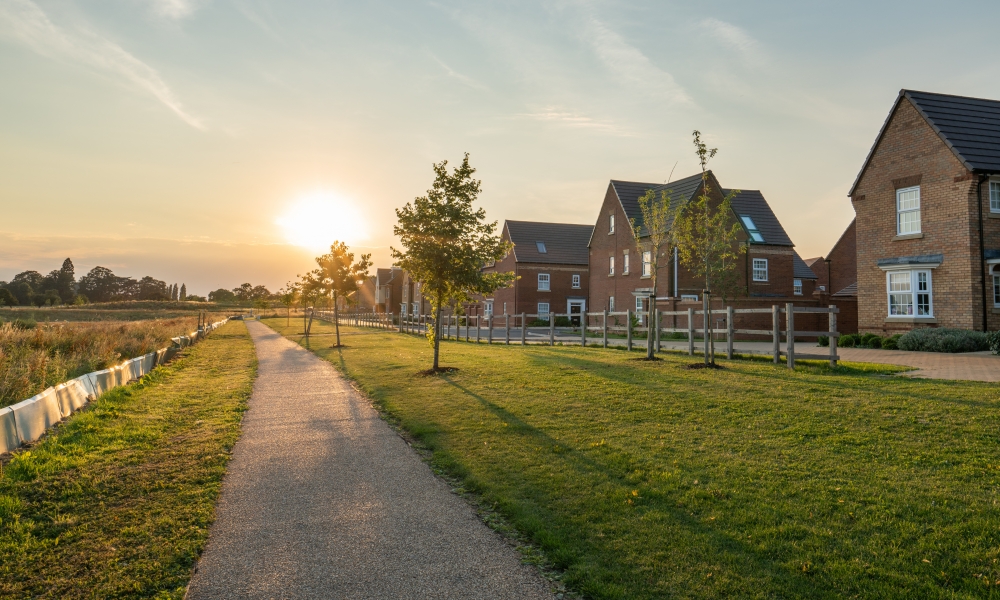Simple guide to help Local Planning Authorities (LPAs) assess Biodiversity Net Gain plans published
Associated sprints
recent news
- Growing Positive Change
- The Agile Initiative Enabling Fund
- Pre-announcement: Next Sprint Funding Call to Open in September 2024

The Agile Initiative Sprint investigating how we account for biodiversity has published an easy-to-use checklist to help Local Planning Authorities (LPAs) and developers ensure that Biodiversity Net Gain plans are correctly completed, feasible and fit the local ecological and local context of the development.
From November 2023, nearly all developments in England, with a few exceptions, will need to demonstrate that they will achieve at least 10% Biodiversity Net Gain (BNG) to be granted planning permission. However, numerous issues have been observed in pilot schemes and early adopter councils – including permission being granted to developments with basic errors in their BNG calculations.
To support both developers and LPAs to successfully implement BNG in practice, the Sprint team has developed a checklist so that any mistakes can be corrected early. Posing 15 questions over four categories, alongside detailed guidance on how to find the answer, working through this checklist is a simple and effective way to ensure best practice in BNG.
Professor Dame EJ Milner-Gulland, Tasso Leventis Professor of Biodiversity at the University of Oxford said, “Mandatory Biodiversity Net Gain under the UK Environment Act could be a huge opportunity to ensure that the impacts of new developments on nature are properly mitigated. However, applying it incorrectly or with mistakes in the calculations could lead to bad outcomes for both biodiversity and local communities. In this quick guide, we’ve used what we have learnt in our work to help planners easily detect the most common mistakes and pitfalls in real planning applications so they can be avoided.”
This is a free tool available for anyone to download and use in their assessment of BNG and is available at https://doi.org/10.5281/zenodo.8167971


